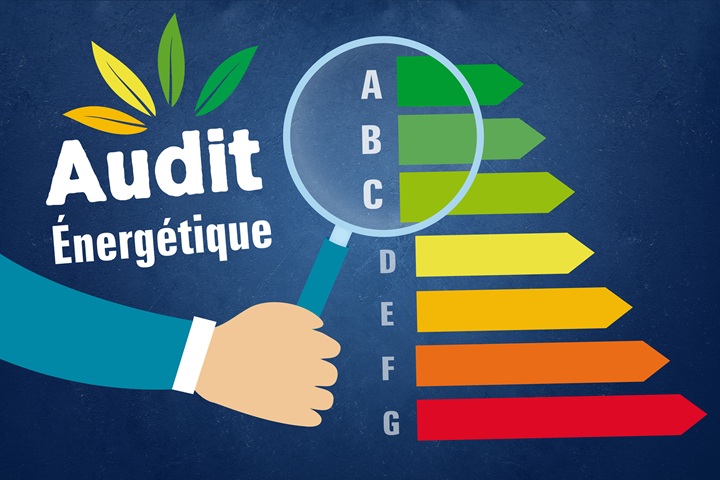DISCOVER OUR PROPERTIES FOR SALE:
In a context where environmental and energy concerns are taking on greater importance, the energy performance of properties has become an essential factor in real estate transactions. The Energy Performance Diagnostic (DPE), which classifies properties based on their energy consumption, highlights low-performing homes, often referred to as “energy sieves,” that are increasingly penalized in the market.
Indeed, properties rated F or G face significant price reductions during negotiations, with discounts reaching up to 8.5%. This trend reflects both a growing collective awareness of ecological issues and upcoming legal requirements, such as the ban on renting properties rated G starting in 2025. Consequently, the lower a property’s rating, the more negotiation opportunities it offers, particularly attractive for investors and informed buyers.
The DPE: A Key Factor in Property Valuation and Discounting
The Energy Performance Diagnostic is now a central criterion in real estate transactions, assessing not only the energy performance of properties but also their environmental impact, with ratings from A (very efficient) to G (very energy-intensive). Once considered secondary, the DPE has become a major lever in price determination, directly influencing property values on the market.
Reasons for the Growing Influence of the DPE:
- Legal Requirement: From 2025, properties rated G will be banned from the rental market, requiring owners to undertake costly renovations to meet standards.
- Renovation Costs: Low-rated properties often require substantial renovations to improve energy efficiency, posing significant costs for owners.
- Long-term Savings: High-rated properties offer savings on energy bills and increase resale value, encouraging buyers to prioritize these properties.
- Rising Environmental Awareness: Buyers’ increasing ecological awareness favors eco-friendly properties, boosting demand for energy-efficient homes.
These factors make the DPE an essential criterion in property valuation and negotiation, significantly influencing buyer choices and market dynamics.
Energy Sieves: A Strategic Opportunity for Negotiation
Properties rated F or G, referred to as “energy sieves” by the DPE, represent a genuine negotiation opportunity for buyers today. With potential price reductions reaching 8.5%, these properties are increasingly subject to substantial price drops. This trend is due to the high renovation costs required to improve energy performance, as well as upcoming legal compliance obligations.
According to a recent study, buyers are now well aware of the implications of a low energy rating and leverage this factor to justify lower prices during negotiations. Although energy-intensive, these properties can be a strategic opportunity for those willing to invest in renovations. Furthermore, the 2025 regulatory requirement, which will ban renting properties rated G, is prompting many sellers to accept lower offers to expedite sales.
For savvy investors and buyers, energy sieves represent a strategic acquisition opportunity, enabling them to realize long-term capital gains after completing renovations.
Renovation Obligations: A Transformative Lever for the Real Estate Market
Recent legally mandated energy renovation requirements are redefining the real estate landscape, particularly for properties with poor Energy Performance Diagnostic (DPE) ratings. As of January 1, 2025, properties rated G will be banned from rental markets, encouraging owners to initiate work to improve their properties’ energy efficiency.
Key Obligations for Owners of Energy Sieves Include:
- Rental Ban: Starting in 2025, properties rated G will no longer be allowed to be rented, forcing owners to either renovate or sell.
- Energy Renovations: Owners are now compelled to consider projects to optimize insulation, upgrade heating systems, and adopt more efficient equipment.
- Financial Assistance: Various subsidies and tax incentives are available to reduce the cost of energy renovations, encouraging owners to undertake these improvements.
These obligations have a direct and noticeable impact on the real estate market. Properties requiring energy renovations are often negotiated at a lower price, as buyers account for the cost of renovations in their offers. On the other hand, properties that have already been renovated and are energy-efficient are becoming increasingly desirable and valuable, contributing to evolving price dynamics. These changes reinforce the importance of energy performance as a central criterion for property valuation and as a guiding factor in buyer decision-making.

